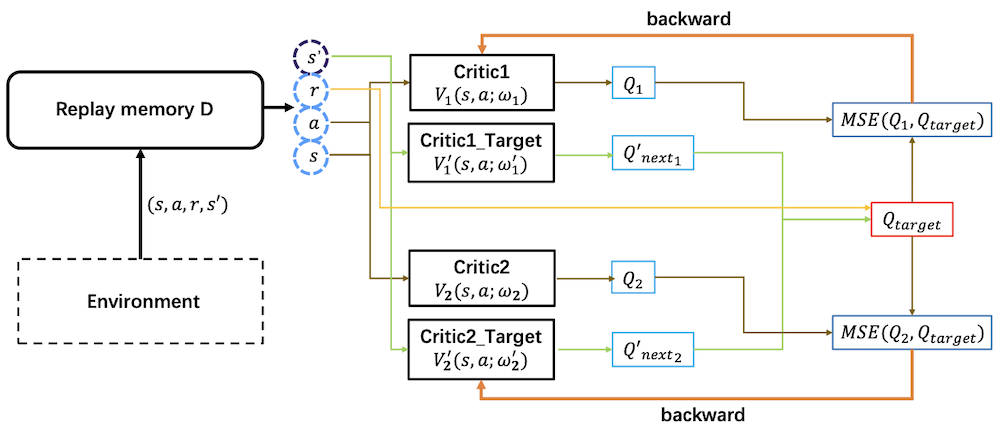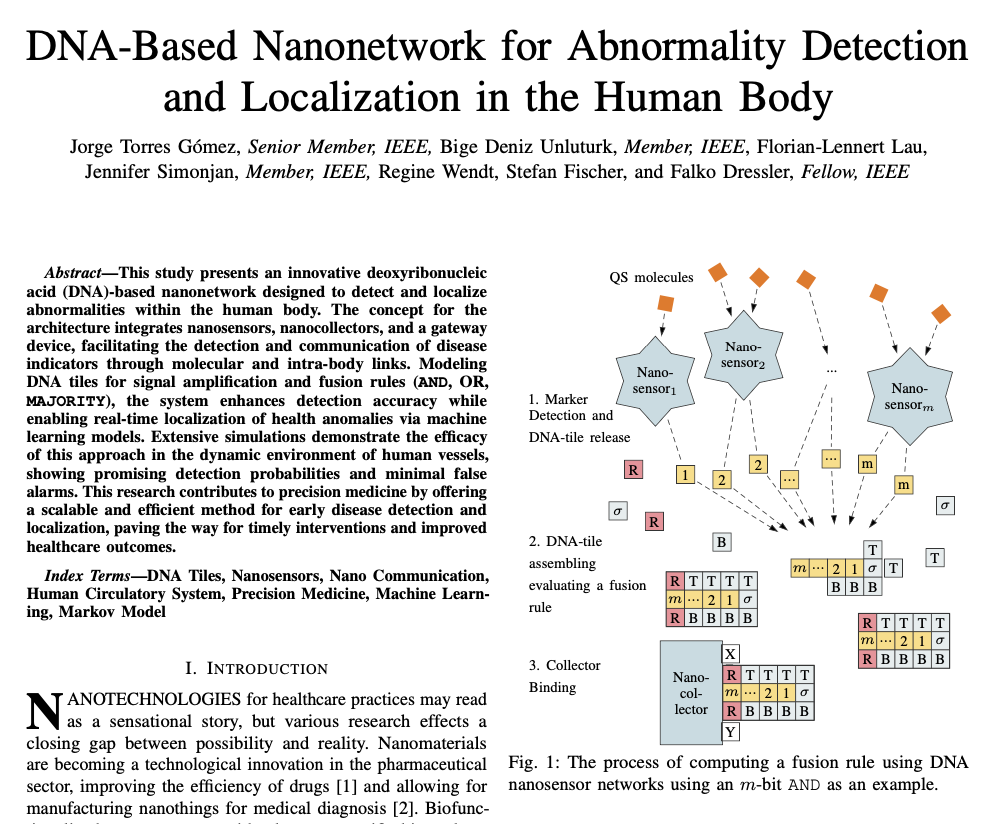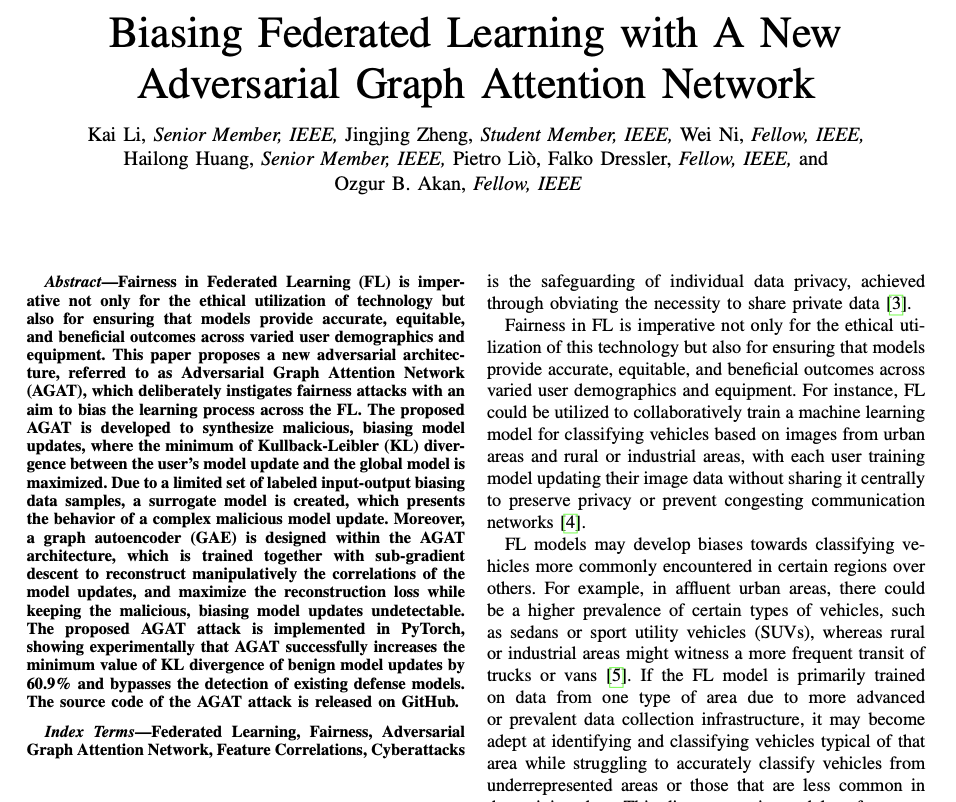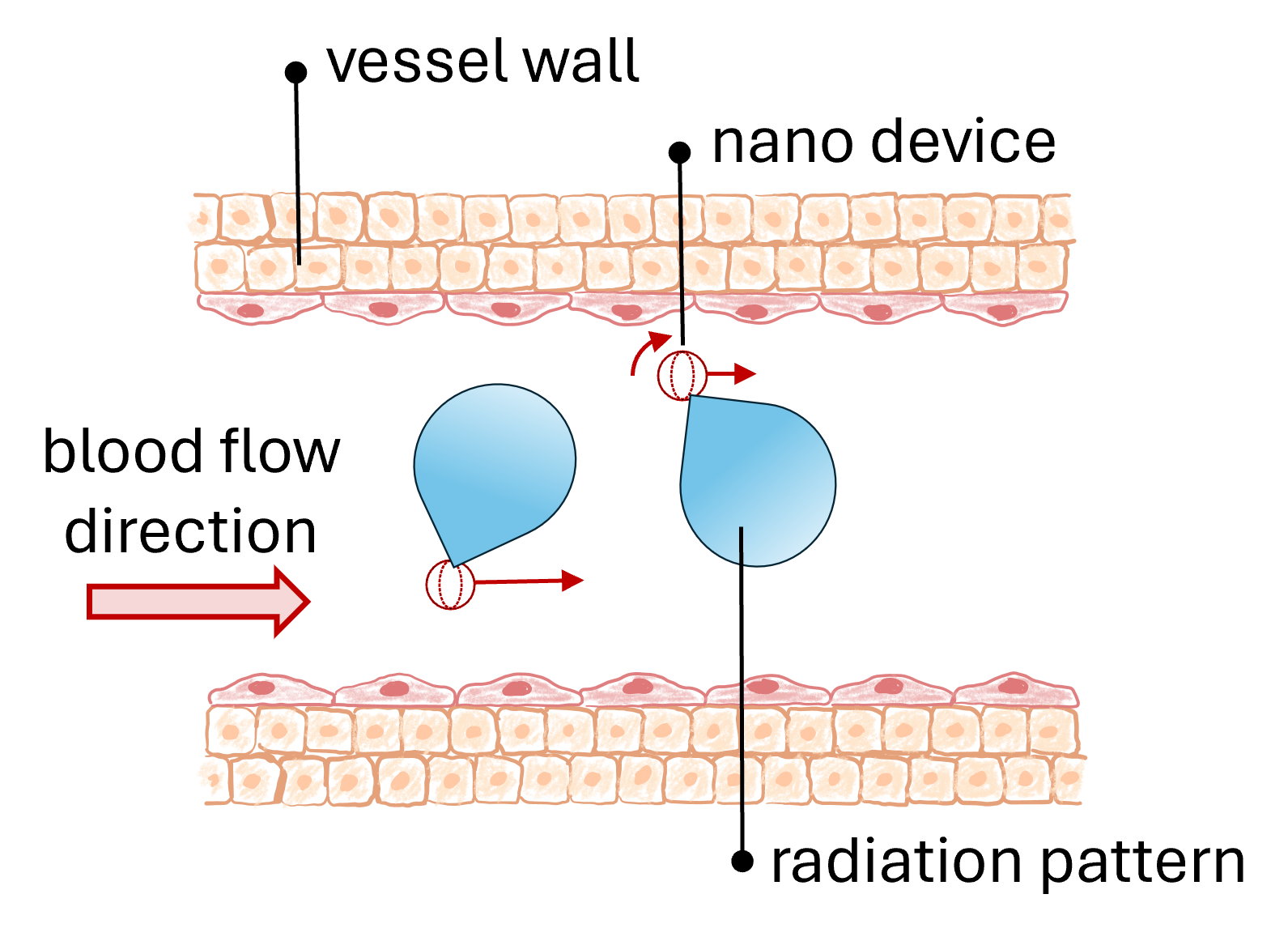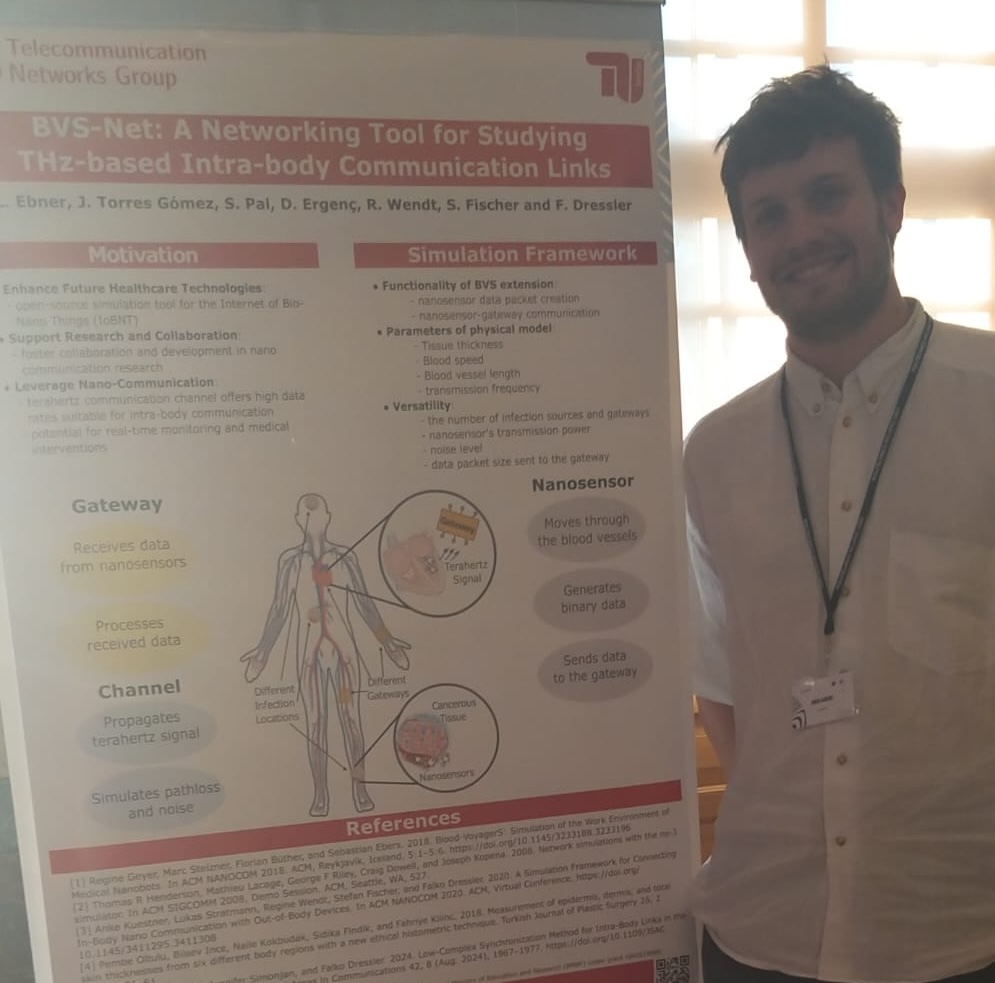Personal website of
Prof. Dr.-Ing. habil. Falko Dressler
GTB - Gigabit TestBed Sued

Institutions
- Regional Computing Center Erlangen, University of Erlangen-Nuremberg
Team
- Dr. Peter Holleczek (coordination)
- Falko Dressler
- Michael Gräve
- Susanne-Nägele-Jackson
- Ursula Hilgers
Funding
- DFN (Deutesches Forschungsnetz)
- BMBF
Homepage
Project Time
- 01.08.1998 - 31.12.2000
Description
In 1984 the DFN-Verein (Association for the Support of a German Research Network) started to promote the exchange of information in national and international networks to support education and science by expanding the infrastructure of the German Research Network.
The broadband research network B-WiN of the DFN association controls more than 500 connections in Germany and is considered one of the world's most widely expanded highspeed networks based on ATM technology at this time.
Nevertheless it is expected that by the year 2000 the rising number of customers and the increasing use of multimedia applications producing more and more data will become limiting factors for the network's capacity. To solve this problem the implementation of a Gigabit Network is currently being investigated. Two project groups are working on the preparations and are conducting the technological tests: The Gigabit Testbed West and the Gigabit Testbed South.
As part of the Gigabit Testbed West the research centers Jülich and GMD St. Augustin are capable of exchanging data with a capacity of almost 2.46 Gbps. This highspeed link connects the supercomputers Cray T3E and CRAY T90 with an IBM SP2 and a high performance visualizing server ONYX 2. Plans for Fall 1998 include the expansion of the GTB West with the addition of another link to a location in the Cologne area.
In the Gigabit Testbed South transmissions are possible on three channels where each has a capacity of 2.5 Gbps. The link connects the cities of Erlangen, Munich and Berlin. Working on a Gigabit level not only provides larger bandwidths for applications currently being used over the B-WiN network, but will also open up the possibility to make new applications available that have been out of reach so far due to their quality and bandwidth requirements. Examples for such applications can be found in the fields of medicine, meta-computing, video-on-demand and in the multimedia area, where very high resolutions and a high level of quality of service are required.


